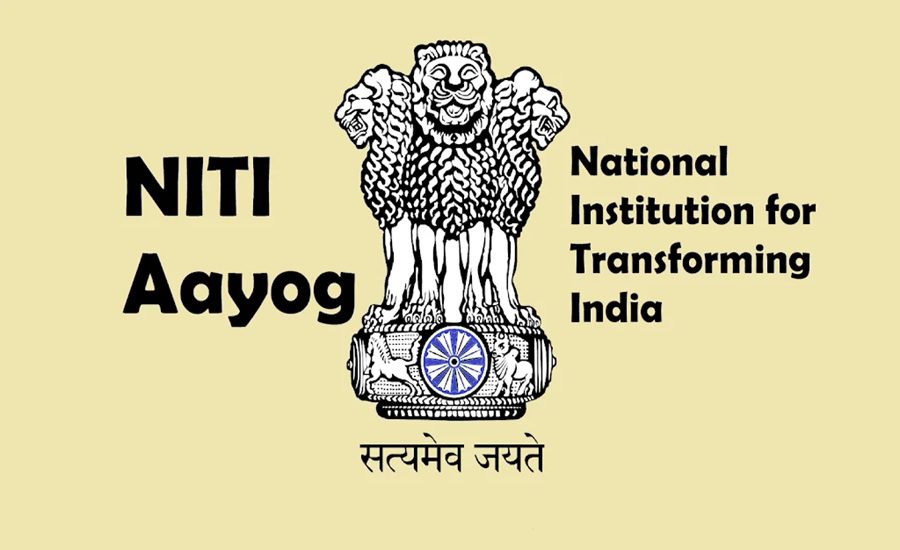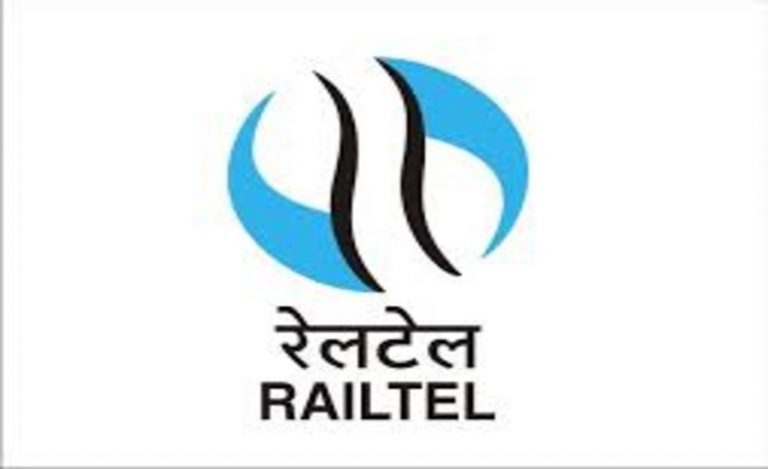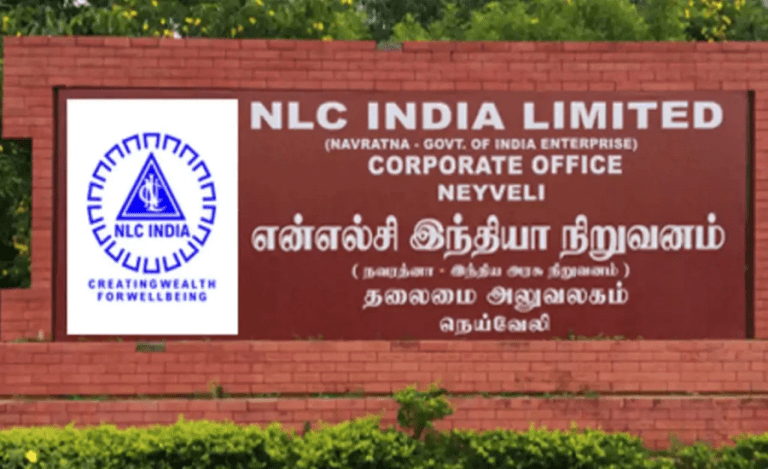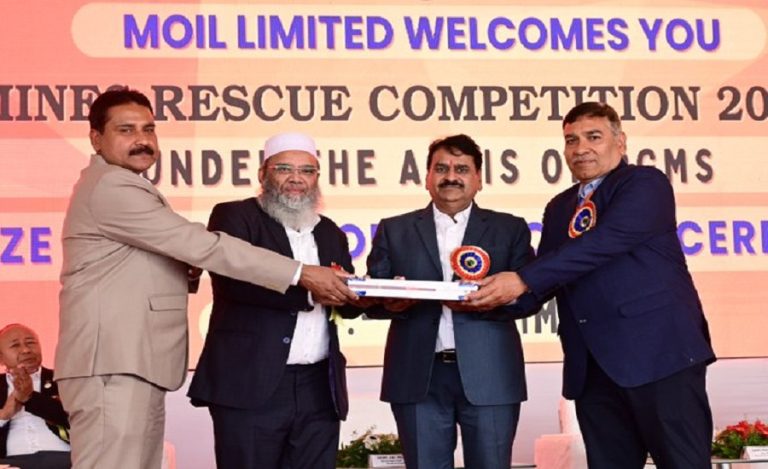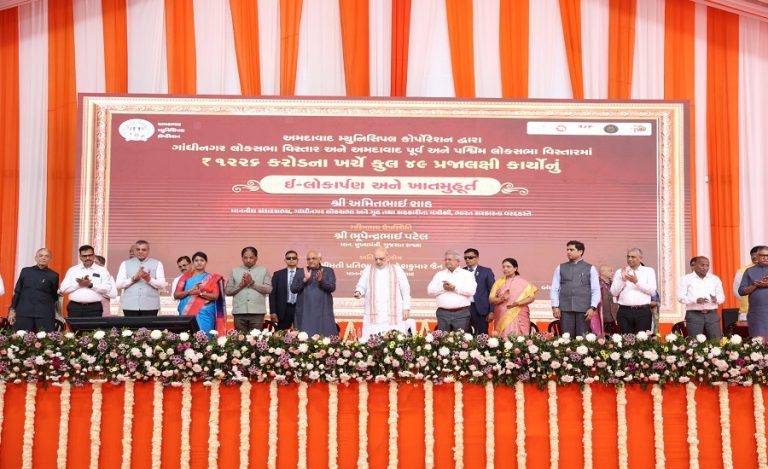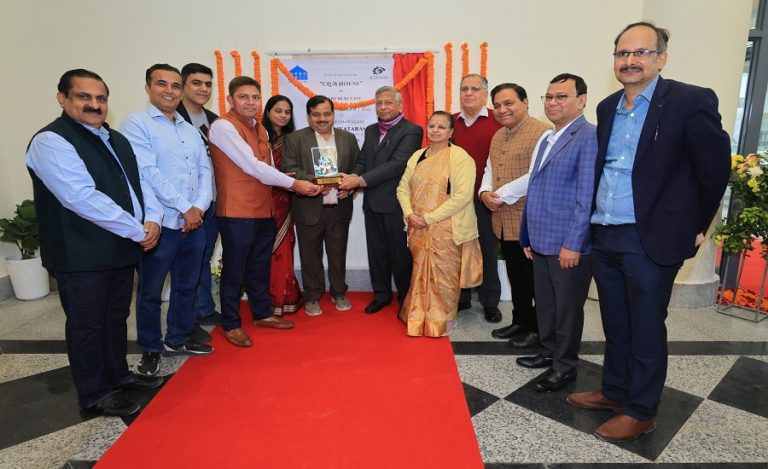New Delhi: The NITI Aayog, India’s premier policy-think-tank tasked with steering economic growth and cooperative federalism, has published two new reports under its Services & Economic Intelligence Unit.
The first report addresses GVA trends in the services sector.
Read Also: NITI Aayog’s WEP and DP World Launch ‘We Rise’ to Empower Women Entrepreneurs for Global Trade
The second focuses on employment trends and state-level dynamics within services.
With the services sector contributing a dominant share of India’s economy and employment, these reports are strategically important in the push towards “Viksit Bharat @ 2047”.
India Services Sector Report 2025: Key Highlights & Findings
GVA growth in services: The GVA (Gross Value Added) of the services sector is showing strong momentum and evolving state‐wise patterns. The GVA-oriented report provides detailed state-level data and shows how services are increasingly driving growth across India.
Employment trends & state-level dynamics:
The employment report reveals shifts in workforce engagement in services, with some states catching up, and highlights sub-sectoral performance, geographic convergence and divergence.
Regional balance improving: One of the striking patterns: states with traditionally lower shares in services are now playing a bigger role. This signals a broadening base of the services-led transformation.
Sub-sector segmentation for policy targeting: The reports classify key sub-sectors of services into categories such as “Engines of Growth”, “Emerging Stars”, “Mature Giants” and “Struggling Segments” – allowing tailored strategies per state and sub-sector.
Importance of India Services Sector Report for India’s Economy
The services sector accounts for more than half of India’s GDP and is the largest employer in many states. A deeper understanding of its growth and employment dynamics helps shape where resources should go.
- State-level insights help in crafting region-specific policies, thus strengthening the cooperative federalism goal of NITI Aayog.
- Identifying lagging states and sub-sectors permits targeted interventions, which can accelerate inclusive growth.
Key Recommendations from the Reports
- Enhance digital infrastructure, logistics and skilling across states especially in lagging regions to boost services competitiveness.
- Support growth of “Emerging Stars” sub-sectors with high potential, while addressing constraints in “Struggling Segments”.
- Monitor state-level convergence in services share and employment to ensure balanced growth.
- Strengthen data-driven policy via state-wise GVA, employment and productivity metrics.
What This Means for Businesses, States and Citizens
For businesses: The reports signal new opportunities in services sub-sectors and geographies previously under-served. Companies can align their expansion accordingly.
For states & policy-makers: They provide a roadmap for prioritising services sector reforms and infrastructure to attract investment and employment.
For citizens: A growing services ecosystem means more job opportunities, especially in digital, tech, and knowledge-based services – including in non-metropolitan areas.
Way Forward
As India marches towards its goal of a “Viksit Bharat @ 2047”, the services sector is set to play a central role. These twin reports provide an evidence-backed framework for the next phase of services-led growth.
Continued monitoring and responsive policy-action will determine how India navigates this phase.

